Make your content work harder by mapping it to your customer’s journey

By Stacey MacNaught
One of the biggest changes we’ve seen in content marketing over the last five years is in how many companies invest.
Five years ago, it seemed real content budgets were hard to come by (certainly for those of us who were out-and-out SEO agencies). Then, a couple of years ago, we noticed a shift taking place and an increase in content investment across a range of industries. Today, 90% of B2C companies leverage content marketing in one form or another.
The result? We’re seeing more content than ever, and even brilliance gets lost in the crowd without the right promotion. The result of that is that we need to invest more heavily (and cleverly) in content promotion.
If we don’t want to reduce our strategy and production budgets, that means our clients or bosses investing more – and that means increasingly justifying our efforts.
I’m an SEO by background. So “justification” has, in some cases, looked a bit like this:
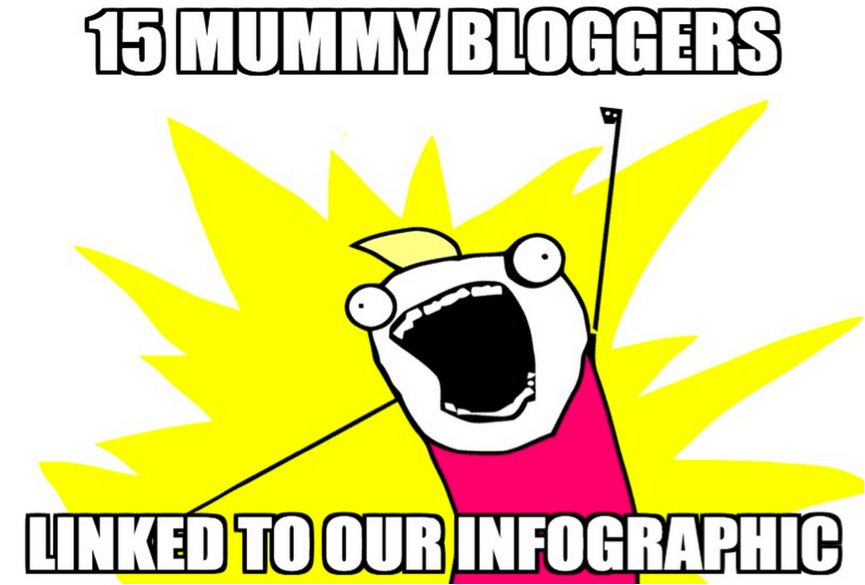
In other cases, it’s looked like this:

And that’s because I understand the value of a link or of another brand signal. I understand their impact on the overall SEO campaign and their potential impact on online brand visibility.
But not everybody does.
Not all of my clients do.
Why should they? It’s not their job.
So, particularly when trying to justify additional budget (budget that might have to come from other areas), it’s critical we explore how we can make content work even harder.
How can we get even more out of content?
While I’m an SEO at heart, this means taking off our SEO hats for a while and thinking about customer journeys.
Measuring
Before we get into the customer journey and mapping our content to it, let’s talk measurement.
It starts by expanding the metrics we use to track content success. Let’s look beyond links and social shares, and start bringing in metrics that matter to non-SEO/digital types.
Examples:
• New visits. Rather than looking at a total traffic number, why not segment the new from the return visits? There’s a value in driving a new audience to your site that’s easier for people to understand than the value of a link or social shares.
• Out and out rankings for long- and medium-tail searches that resonate as very specific and relevant to the target audience. Someone being able to physically search for something they believe their customer might search, and then see their site up there, has a tangibility to it. And we’re not always talking about big, competitive search phrases. These can be medium- and long-tail research phrases.
• Revenue. Of course, revenue driven through content is something everyone involved with the business will understand. The ability to use content to directly generate leads and sales is perfect.
• Assisted revenue. Don’t focus just on direct revenue resulting from a visit to your content though. Many online purchases are considered, and – in the majority of cases – we typically see online consumer transactions taking place after two or more interactions. Just because someone comes to your content and doesn’t buy your stuff immediately, doesn’t mean they won’t. Tracking who’s discovered your site through your content, and then come back through a different channel or piece of content and converted later on, is important to understanding the real value your content’s delivered.
Generating revenue through content
Generating revenue through content means content shouldn’t be led by a certain marketing channel’s goals, but instead by business goals.
That means mapping content to the customer’s journey rather than the journey-to-channel specific metrics (such as links).
Make no mistake, great links help build great rankings and they lead to great SEO success. The point here is that links needn’t be the only thing you get from content.
The customer journey
There are all types of diagrams and charts mapping online customer journeys to conversion and buying cycles. Personally, I’m a fan of something fairly simple:
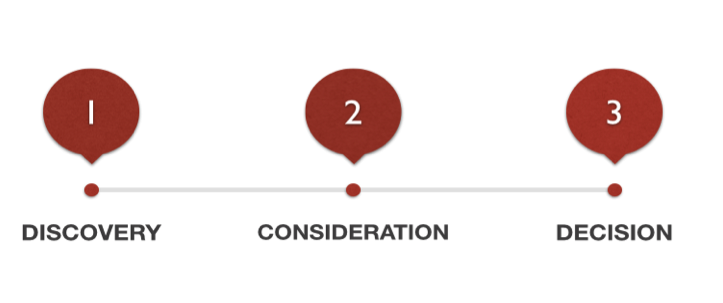
For the purposes of content mapping, I’d look at these stages as follows:
• Discovery – the “where.” Where do people discover brands online? While we might assume it to be search or social, research suggests that newspaper and magazine online articles (articles as opposed to adverts) are the biggest influencer among some demographics.
• Consideration – the research your potential customer does, or information he or she searches for when looking for a product or service to solve a problem or meet a desire.
• Decision – the point at which your potential customer is ready to buy. They’ve a good idea of what they want (bar a detail or two); now it’s about finalising it in their mind and deciding where to buy it.
Let’s look at how we can use content in each of those stages.
Discovery
While existing research should give you some idea about where people are discovering brands online, doing your own research would help you solidify, in your mind, exactly how your target audience is finding new brands.
You can survey your own target audience through platforms with varying costs, including Survey Monkey, Google Consumer Surveys, Toluna Quick Surveys and OnePoll
Or you can use YouGov Profiler and Facebook Audience Insights to conduct more research about where your audience spends its time online and, therefore, where you could reach them through “discovery” content.
Focus where content can win.
You might not be able to directly influence online reviews through content, for example. But online newspapers, magazines and social communities are a content marketer’s playground.
You need to focus where content can make a difference.
At the end of this research you want a good idea where your target customer, or customer target groups, are reading content that leads to them discovering brands.
Consideration
This is all about people researching a) potential solutions to a problem or b) products and services that meet a need or desire.
There are several ways people will do this, including:
• Taking to search engines and submitting questions.
• Going to online forums, content sites and communities to ask questions.
• Using the phone to speak to customer services teams who sell the potential products or services they’re considering.
There’s a lot of information available to us in this sense.
Search engine data
This is about long-tail keyword research.
Unfortunately, Google just closed off access to an API that powered a lot of great third party tools offering powerful search data relating to people’s questions and concerns. A particular favourite of mine was www.answerthepublic.com.
However, tools such as ubersuggest.org have already hinted at moving to a Bing API to get data. I expect AnswerThePublic will also look at alternative data sources.
In the meantime, keywordtool.io’s existing Bing, Youtube and App Store keyword data remains unaffected. It offers an excellent insight into the questions and concerns people might search with in relation to specific keywords/products/services.
Forums, communities and other websites
Search engines aren’t everything, of course.
Take travel, for example, where hundreds of thousands of people take their queries to Trip Advisor rather than Google.
Rather than trawling thousands of these sites, try collecting a list of the sites and head to FAQFox. Then you simply paste your URLs, add a keyword, and FAQFox will scrape the sites to return a list of relevant user-generated questions.
Customer service teams
If your or your clients’ businesses have telephone customer services team, you’ve consideration-stage gold dust.
Particularly in travel, we’ve gotten so much value out of getting these teams to note down the questions they’re asked or the concerns they find themselves having to overcome to sell a holiday.
It’s laborious to make sense of this data, but it’s so worth doing.
Consideration stage data
This data should give you an insight into the questions and concerns your potential customer might have when they start to research their purchase.
While, from an SEO perspective, text question-and-answer style posts will win the click, a more creative approach will also aid in discovery outside of search engines.
Take this quiz we created, for example.
It answers a question – “Where should I go on holiday?” – people ask in Google all the time. But it does so in a fun way that lends itself to social sharing, and we’ve seen a large audience of new visits arrive on this quiz.
It ranks first for “Where should I go on holiday?” and also has great organic visibility for variants.
We’ve also won a huge volume of social shares and, importantly, have seen the quiz contribute to assisted bookings. That’s a piece of content with value way beyond link building.
So using consideration-stage data and applying it more creatively to your content planning reveals some huge opportunities.
Decision stage
Even when you get to the decision stage, it’s not as easy as just “being there in Google.”
Don’t get me wrong – being there in Google for end-of-the-conversion-funnel searches has phenomenal conversion potential. But it’s not the be all and end all.
For a start, being the site that wins the click isn’t a guarantee of winning the sale – even if you’re the most price-competitive for a specific product.
I conducted a survey in August 2015. I’ll caveat this by adding it wasn’t particularly scientific – it was done in Google Consumer Surveys with a pool of just 100 UK adults. But, nonetheless, the findings are worth a mention.
First, I asked:
• Which of these is most likely to influence your decision about whether to buy a product from a specific online retailer? (Price or trust were the options):

For most of us, it probably comes as no surprise that trust plays a larger role than price in many cases.
But then I went on to ask another question:
• Which of the following is most likely to make you trust an online retailer?
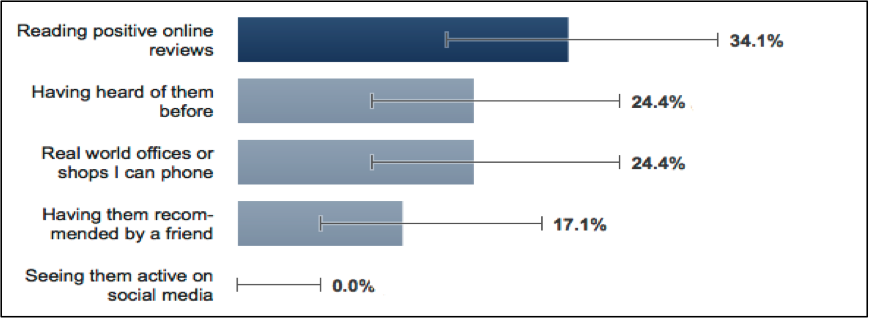
While I’m personally the world’s biggest online review cynic, it doesn’t surprise me that this was the option that won out.
But one thing I was reasonably surprised by is that simply “having heard of a retailer” pips friend recommendations in trust stakes.
Almost a quarter of respondents put down having heard of a brand as the factor most likely to make them trust a retailer.
You can make someone “hear of you” through consistent delivery of content.
That makes this a really interesting prospect.
So, back to discovery.
My SEO campaigns will continue to focus on discovery until search engines stop existing – because it works.
But consider this.
We rank number one with a client for a range of queries like this:
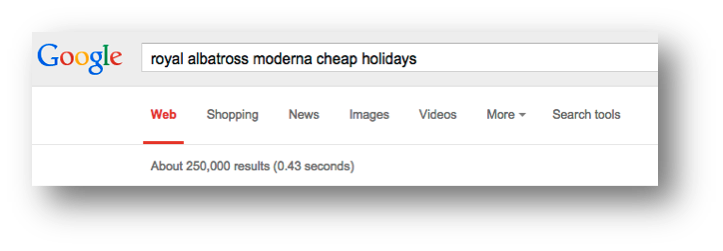
It generates revenue successfully.
Based on the data we have, around 25-35% of people who search things like this will click the first organic result.
What about the other 65-75%?

Well, they’re obviously going to one of the other 249,999 websites with a page about that thing on their site – most likely another on the first page.
Oh well. That’s the nature of SEO.
But then you start to think about all the people who are already at decision point but who don’t even go back to Google.
How many have already made their decision because they’ve “already heard of” one of your competitors?
How many have you already lost because you didn’t reach them here?

I’m not saying you should stop your decision-centric SEO campaigns – that would be daft.
But by using content to reach people at discovery and consideration, you have the opportunity to make yours the site that the decision-making customers have already heard of – and that can only expand your reach and, ultimately, your new customers.
Content with multiple goals for multiple channels
As an SEO, I care about links.
And we create some content that’s incredibly link-centric.
But by thinking about link- and social-measured content more in keeping with the customer’s journey to making a purchase, we can expand the reach of our content and we can make content work harder for all channels.
Retargeting
If you’ve great discovery content and you win a huge audience to it, you’ve a lot of new, relevant website visitors that your PPC team can target through remarketing.
And, as you only pay when someone clicks, it can be a cost-effective way of bringing relevant users back to your website – users who’ve already heard of you and who you already know are interested in a certain thing.
Retargeting sales are typically far more cost-effective than out-and-out search PPC sales.
Similarly, you’ve a new audience for your social advertising – and you can start to help these channels reduce their CPAs through content.
Plus, by making your content and your site visible to users throughout their journey to making a purchase, you enhance your familiarity to them when they come to making that decision at the end.
Doing this just means thinking a little smarter about that link bait, or about that big social project you’re running, and making sure that – before you plan your next content campaign – you understand your customer’s journey.
By understanding how they discover brands, how they research products like yours and how they make their final purchase decision, you go into your content strategy planning far more informed and able to produce content ideas that can deliver more and work harder.
—
Want to know even more?
Give your content marketing another boost by getting our four free digital marketing ebooks and our weekly content marketing newsletter.
You’ll immediately receive 123 pages of expert insight straight to your inbox.
Want to know even more?
Give your content marketing another boost by getting our four free digital marketing ebooks and our weekly content marketing newsletter.
You’ll immediately receive 123 pages of expert insight straight to your inbox.
Yes! Get My Four Free Ebooks Now…
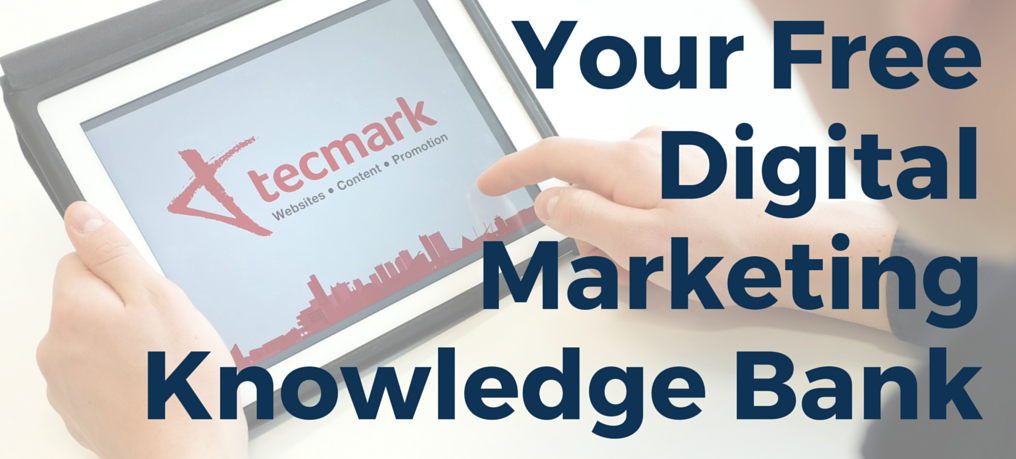
Get 123 pages of expert advice straight to your inbox.
-
Apps (46)
Content Marketing (67)
Digital PR (1)
Integrated Marketing (3)
Multi Screen (12)
News (99)
PPC (2)
Search (120)
Tecmark (70)
Uncategorized (2)

About the Author


